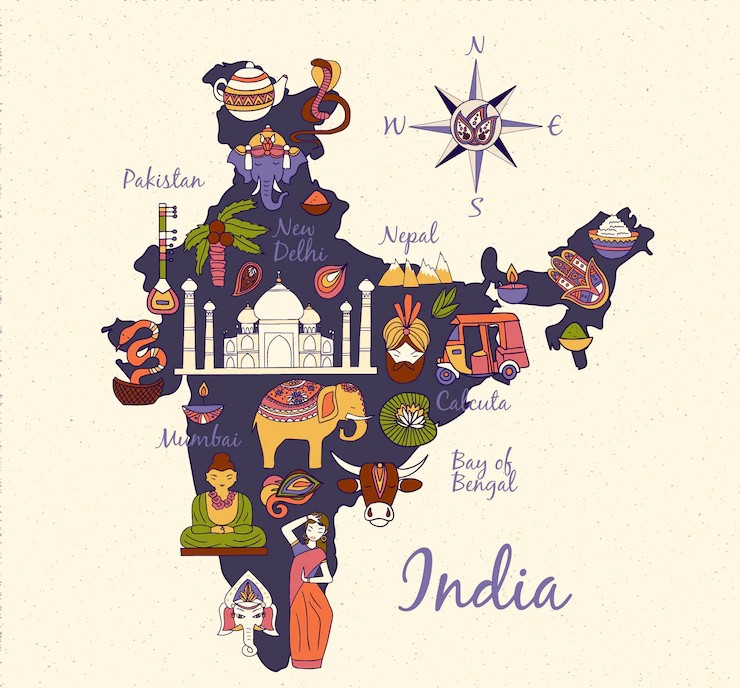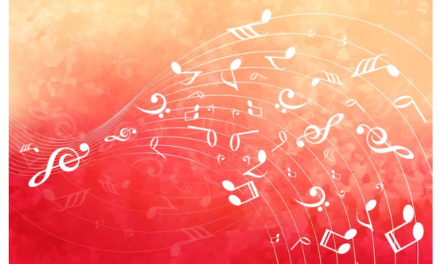The rich social culture artwork of West Bengal is woven with strings of custom, history, and creative articulation or artistic expression. One of the most spellbinding parts of this social mosaic is the assorted cluster of societal moves that have prospered over hundreds of years. From the spirit-mixing songs of the Bauls to the dynamic and lively developments of Chhau, West Bengal’s folk-dance customs or traditions are an impression of its kin’s energetic soul and significant association or profound connection with their underlying foundations.
Traditional Folk Dance of West Bengal
At the core of West Bengal’s folk-dance embroidery lies a festival of life, nature, and human feelings. The state’s traditional folk moves are not just exhibitions; they are living expressions of the local area’s aggregate character and legacy or heritage. These moves have been gone down through the ages, saving stories, customs, and values that characterize the district’s way of life or region’s culture.
Baul: The Song of the Mystic Wanderers
The Baul custom, a mystic and reflective type of society music and dance, epitomizes the otherworldly profundity implanted in West Bengal’s culture. Bauls, frequently vagrant performers, sing and dance to communicate their affection or love for the heavenly and their journey for a more profound comprehension of presence. Their exhibitions combine deep songs, basic yet enamouring dance steps, and thorough verses that bring tons of affection, commitment, and the transient nature of life.
Traditional folk dance of west Bengal: A Glimpse
Bengali folk dances are an impression of the state’s agricultural heritage and its close connections with the rhythms of nature. These moves are often performed during celebrations, customs, and parties, uniting networks or bringing communities and cultivating a feeling of unity.
Chhau: The Warrior Dance
Chhau, a traditional cover dance structure, grandstands the wild soul and military customs of West Bengal. This enthusiastic dance is portrayed by complicated footwork, gymnastic developments, and dynamic covers that portray divine beings, goddesses, and legendary figures. Chhau’s underlying foundations can be followed back to the hand-to-hand fighting or martial arts rehearsed in the region, and it keeps on charming crowds with its dynamic exhibitions or performance and mind-boggling choreography.
Jhumur: Celebrating Harvest and Joy
Jhumur, one more conspicuous folk dance, is a festival of harvest and joy. It started in the tribal region of West Bengal and is performed by all kinds of people. The dance is portrayed by musical footwork, clapping, and energetic ensembles or vibrant costumes decorated with traditional gems. Jhumur mirrors the connection between people and the land, properly respecting the agricultural heritage that has supported networks for ages.
Conclusion
As we dig into West Bengal’s energetic folk-dance embroidery, we find a world rich with stories, feelings, and social variety. From the spirit-mixing serenades of the Bauls to the vigorous rhythms of Chhau and the euphoric festivals of Jhumur, each dance structure winds around an exceptional story of custom, spirituality, and the local area or community. These moves engage as well as interface us with the underlying foundations of West Bengal’s heritage, helping us to remember the getting through force of artistry to overcome any issues between the past and the present.





